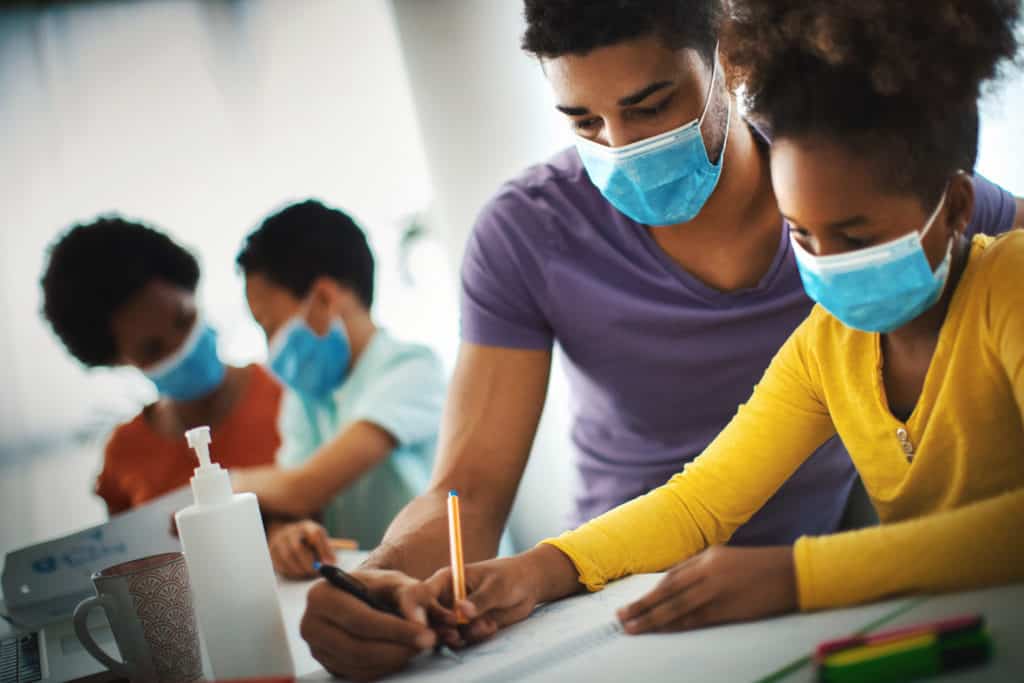
As kids return to school, sports, and other routines after a year of isolation, learn how to help support their mental health and well-being.
After more than a year of isolation and schooling from home due to the COVID-19 pandemic, students heading back to class this fall — plus preparing for sports and after-school activities this fall — might struggle more than usual.
Brandon Duft, MD, a child psychiatrist and head of Kaiser Permanente Northwest’s Child and Adolescent Psychiatry, explains what parents should be aware of and shares steps they can take to help smooth the transition.
Are there social concerns about kids transitioning back to their schools and friend groups?
You have to be patient and brave to reenter school and social circles. Social skills are skills like any other; people need to practice them or they can get rusty. There are also academic concerns. Some kids have flourished learning online, and others haven’t and might have missed huge chunks of the academic year, particularly kids who have attention deficit hyperactivity disorder, or a learning disability, or who have unreliable access to the internet. There’s going to be a big difference between kids who come in ready to go and others who have fallen behind.
What developmental concerns are involved with kids not getting social time during the pandemic?
Social connection is an important factor in building resilience, which is essential to getting through stressful experiences and being able to feel happy. People need social connection at every stage of life. Young kids are beginning to learn basic social skills through interaction. For teenagers, social dynamics are their whole world, as they shift from learning how to be a member of their family to learning how other families and people behave and interact. This is when they’re developing their own unique personality and independence. Not being around other kids can make that more challenging.
What can parents do to help their children reenter a more social world?
Get your kids back to a structured daily routine that includes exercise, socialization, and a healthy amount of sleep. If you have an academic concern about your child, talk with the school in advance to see what resources are available to help.
More broadly, parents should help their child build resilience by focusing on 4 factors.
-Provide opportunities to build social connections with family, friends, and groups such as sports teams, clubs, or church groups.
-Encourage them to maintain physical and mental wellness with mindfulness and exercise.
-Teach them to remain positive by not fixating on negative things and by learning from the past to make positive change in the future.
-Help them develop a sense of purpose by setting goals and taking time to help others and themselves.
What about kids who have thrived at home?
For some people, there have been obvious upsides to doing school from home, such as having more free time, more time with parents and siblings, and more time to do homework. But children who are doing well now because they struggle socially still have to practice their social skills and learn to problem-solve in those situations. If you have a kid who’s been really successful at home, ask what’s going well and see if there are things you can carry over through the transition.
For more tips for talking with your kids about mental health, visit findyourwords.org/kids-mental-health by Kaiser Permanente.
- Shop Local Holiday Gift Guide - November 19, 2024
- Portland Santa Sightings - November 19, 2024
- Portland-Area Holiday Light Displays - November 19, 2024
